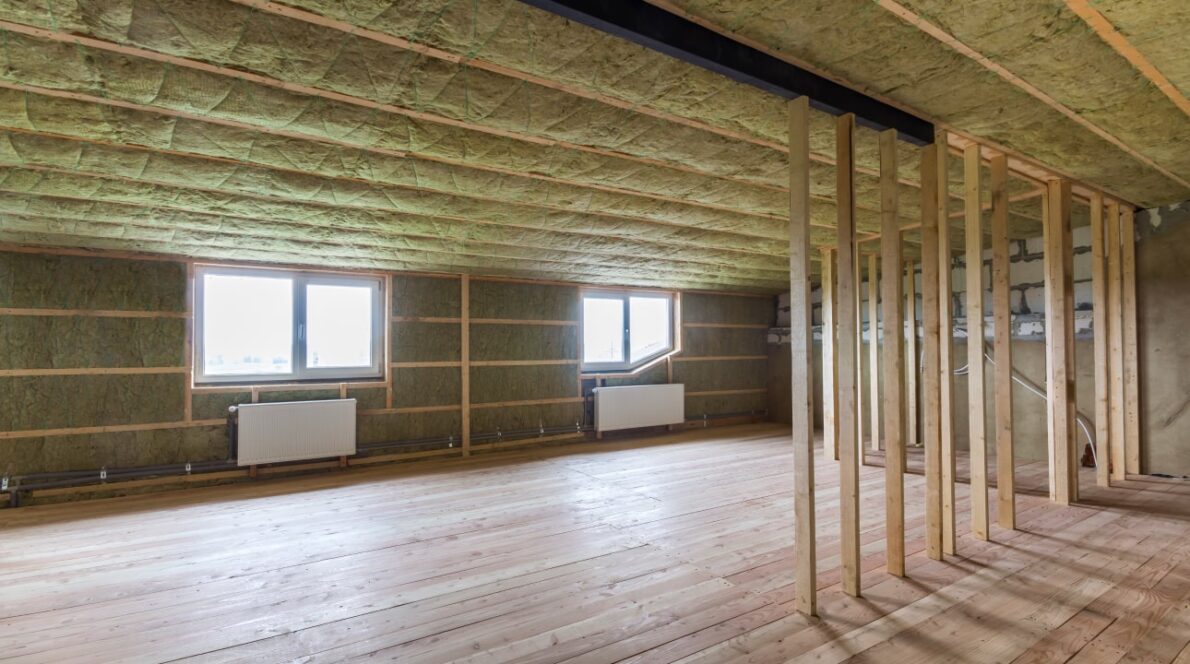
Soundproofing your home can significantly enhance your living environment by reducing unwanted noise and improving overall comfort. This article provides a comprehensive guide on soundproofing techniques, insulation types, and DIY tips soundproof your home , specifically tailored for New Zealand homes.
The Importance of Soundproofing Interior Walls and Midfloor
Soundproofing interior walls and midfloors is crucial for creating a comfortable living space. In New Zealand, where urban areas can be particularly noisy, soundproofing helps in blocking out external noise from traffic, neighbours, and other disturbances. Additionally, it prevents noise from travelling between rooms within the house, ensuring privacy and tranquillity.
Insulation and Soundproofing
The Relationship Between Insulation and Soundproofing
Insulation plays a dual role in homes, providing both thermal and acoustic benefits. Proper insulation not only keeps your home warm during New Zealand’s cold winters but also helps in reducing noise transmission. Materials like fibreglass and polyester are particularly effective in absorbing sound and preventing it from passing through walls and ceilings.
What Type of Insulation is Best for Soundproofing
For optimal soundproofing, consider using dense materials such as fibreglass batts or specialised acoustic insulation products like CosyWall Insulation. These materials fill wall cavities completely, blocking sound waves more effectively than standard insulation. CosyWall, for instance, is a high-density, blown-in insulation that ensures there are no gaps, making it ideal for soundproofing both internal and external walls.
Soundproofing Techniques
Acoustic Insulation
Acoustic insulation involves using materials designed specifically to reduce noise. Products such as acoustic panels, foam, and high-density fibreglass batts are excellent for absorbing sound waves and minimising noise. These materials are often used in studios, offices, and homes to create quieter environments.
Sound Barriers and Curtains
Heavy curtains and sound barriers can significantly reduce noise levels. Acoustic curtains, made from thick, dense materials, can block out external sounds when drawn. Similarly, placing barriers along walls can prevent sound from entering or leaving a room, enhancing the overall soundproofing effect.
Soundproof Windows and Doors
Windows and doors are common entry points for noise. Upgrading to double-glazed windows can provide an effective sound barrier. These windows have two layers of glass with a gap between them, which helps in dampening noise. Similarly, solid doors and sealing gaps around them can prevent sound leakage, contributing to a quieter home.
Decoupling and Damping Techniques
Decoupling involves separating two sides of a wall to prevent sound vibrations from passing through. This can be achieved by building a double wall or using resilient channels. Damping materials like viscoelastic compounds can be applied to walls and ceilings to absorb sound energy and reduce vibrations.
Soundproofing Walls and Ceilings
Effective soundproofing of walls and ceilings can be achieved by using multiple layers of drywall with soundproofing materials sandwiched between them. This increases the mass of the wall and helps in blocking sound. Additionally, installing acoustic tiles or panels on ceilings can further enhance sound absorption.
DIY Soundproofing Tips
Soundproofing on a Budget
If you’re looking to soundproof your home without breaking the bank, start with simple measures like using weatherstripping to seal gaps around windows and doors. Adding rugs and carpets can also help in absorbing sound. Bookshelves filled with books can act as sound barriers along walls, reducing noise transmission.
Creative Soundproofing Solutions
Get creative with your soundproofing by using items you already have at home. Hang thick tapestries or quilts on walls to absorb sound. Installing a door sweep can block the gap under doors, preventing noise from travelling between rooms.
Common Mistakes to Avoid
When soundproofing your home, avoid common mistakes such as using only one type of soundproofing material. A combination of methods, such as insulation, barriers, and decoupling techniques, is often necessary for effective soundproofing.
Additionally, ensure that all gaps and openings are properly sealed to prevent sound leakage.
By following these guidelines and utilising the right materials and techniques, you can create a quieter, more comfortable home environment, perfectly suited to the unique challenges of living in New Zealand.
